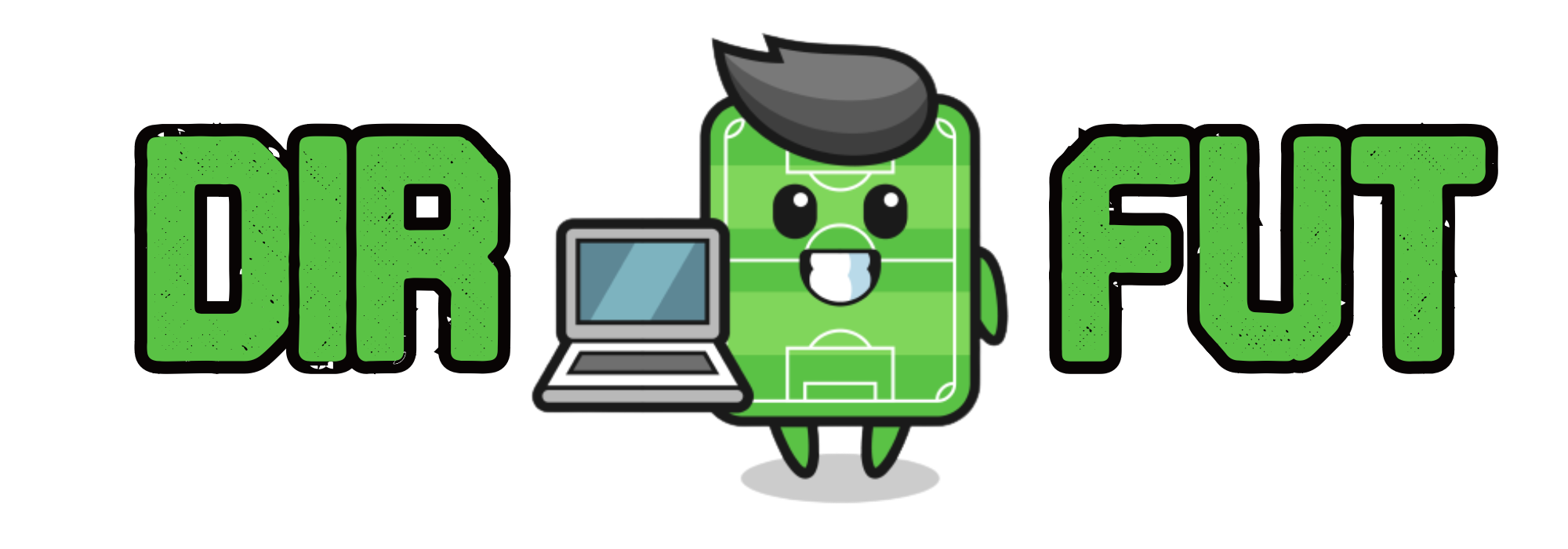
The Tactical Evolution of Carlo Ancelotti
Every manager’s philosophy tends to evolve over time, the Ancelotti of the 90s, who started as assistant to Arrigo Sacchi, and the current Ancelotti the feel like two completely different managers. Sacchi used a 4-4-2 with zonal defending. This meant no sweeper as Sacchi wanted an offside trap, and no trequartista as the gaps between the lines needed to be tight, and talented No 10s weren’t always reliable in terms of pressing.

So when Ancelotti became a manager, first at Reggiana and then at Parma, he set about copying Sacchi’s ways. Ancelotti was a strict 4-4-2 man and, at Parma, famously turned down the chance to sign Baggio and then sold Gianfranco Zola to Chelsea. Both decisions were related to Ancelotti’s distrust of the No 10 position, and his determination to persist with 4-4-2.

His next job was at Juventus and there he met the man that changed everything: Zinedine Zidane. At La Vecchia Signora, Zidane’s talent made Ancelotti build a team for the first time around a player, rather than field the 10 out of position wide or as a second striker. He often turned to a 3-4-1-2 or 4-3-1-2 system with Juve, although there were also experiments with something more like 3-4-2-1, with Zidane and Alessandro Del Piero floating behind the main striker.

Then Milan, which remains the high point in Ancelotti’s career. He won just one scudetto, but lifted two European Cups while turning Milan into arguably the most attractive, possession-based side in Europe. Ancelotti’s default shape was a midfield diamond, which featured three talented playmakers in Andrea Pirlo, Clarence Seedorf and Kaka. His faith in Pirlo was one of the most significant developments, helping to transform a talented No 10 into a deep playmaker, having been impressed by Pirlo’s performances on loan at Brescia, where he was only playing in that deep role because of the presence of Baggio in his preferred position.

Ancelotti even tried to find space for a fourth playmaker, Rui Costa, in a 4-3-2-1 “Christmas tree” formation that became his trademark. Silvio Berlusconi always wanted Ancelotti to use a second striker, so 4-3-1-2 was used more regularly.

At Chelsea, Ancelotti started with the diamond midfield he had used at Milan, initially with great success, and sometimes managed to get Michael Ballack, Deco and Frank Lampard into the same team.

Then Ancelotti switched to a 4-3-3, which got the best from Lampard, although this decision caused him problems among the strikers. Anelka was the starter and Drogba was a substitute despite scoring 29 goals being the top scorer in the Premier League. The signing of Fernando Torres the following season created even more difficulties for Ancelotti, who ended up placing Anelka as a No 10 behind Drogba and Torres, underlining Ancelotti’s determination to placate and accommodate star names whenever possible.

Next came Paris Saint-Germain, in which he featured various systems. Ancelotti again showed great faith in talented players like Javier Pastore, Nene and Jeremy Menez, although the arrival of Zlatan Ibrahimovic meant the side had to be based around the Swede, who played like a pure No 9 in league competition and more of a withdrawn forward in Europe.

When Ancelotti arrived at Real Madrid in 2013, he seemed set to base his side around Mesut Ozil, but was offloaded, against Ancelotti’s wishes, to make room for Gareth Bale. Without a Nº 10, Ancelotti used a 4-3-3 formation with Toni Kroos in the holding role behind Isco and Luka Modric, with Bale and Cristiano Ronaldo either side of Karim Benzema. Ancelotti found a balance between 4-4-2 and 4-3-3 en route to Real’s European Cup success in 2014 with Angel Di Maria playing the balancing role in midfield.

His spell at Bayern Munich initially featured a 4-3-3 with Thomas Muller on the right, before Ancelotti moved to 4-2-3-1 with Muller redeployed in his classic floating role behind Robert Lewandowski. Arguably more significant was his occasional use of Alonso and Thiago Alcantara together in the double pivot, although the more energetic Arturo Vidal was often used in Europe. In these instances, Thiago was pushed forward.


His experience at Napoli was largely similar, he started with Sarri’s usual 4-3-3, then switched to more of a 4-4-2, reverting to the old Ancelotti. There was no player that absolutely demanded the side to be built around them. In these situations, Ancelotti still believes 4-4-2 is the better approach.


And so it has proved at Everton, who Ancelotti initially rejuvenated by using a 4-4-2 with Dominic Calvert-Lewin and Richarlison combining excellently up front last season, although when James Rodríguez joined the team Ancelotti tried to play in 4-2-3-1.

In his second spell at Real Madrid, he used the 4-3-3, with the alternative of Fede Valverde as the right winger, defending in 4-4-2, providing the necessary defensive balance.

What will be the evolution of Ancelotti this season? It seems clear that he is going to leave the 4-3-3 and the question is whether Madrid will play in 4-2-3-1 with the double pivot Tchouameni-Camavinga or a diamond like the one used in his time at Milan. In any case, having players in the squad like Rodrygo, Arda Güler or Bellingham forces Ancelotti to look for a system with a number 10 so that the team can find maximum performance and not be so dependent on the left wing, finding more resources in attack.


Evolve and adapt to each squad, that’s what one of the best coaches in history has done in his career, Carlo Ancelotti.


